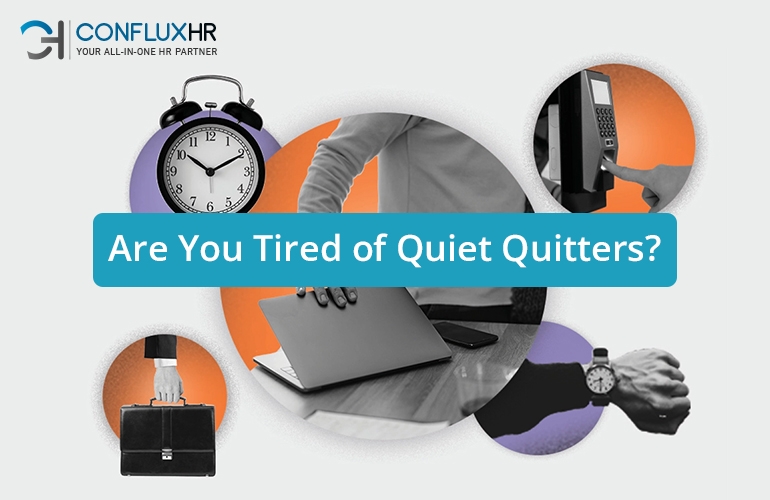Do you feel the reshuffle? The very transfer of power from the employer to the employee! The talent acquisition on employment chessboard is very much a strategic process!
Sometimes, all the HR processes might get into nerve! Whereas the most irritating aspect of the HR process is post-analysis of resignation. Over the past years, it has become irrelevant. What do you think has changed?
All recruiters and HRs must realize they are on the verge of undergoing a meaningful change. The hiring and human resource management process is at the heart of a revolution.
Resignation is the ultimate consequence of a prolonged episode of recurring unhappiness!
Factors Contributing to the Attrition Wave
The great attrition wave is a noticeable change in the corporate landscape. Great businesses have been struggling to find a promising solution to the problem. Let us run through a few obvious factors contributing to this great.
1. The Arrival of the Unwanted Stagnancy
A monotonous life is less lived. Being familiar with mundaneness is one of the most challenging aspects of adulting. Employees must get opportunities to do something different each day.
2. The Need for Workplace Validation
Employee validation is one of the primary factors impacting workplace satisfaction. Thus, organizations must take dedicated steps to recognize employees’ efforts. As a result, they must feel happy and valuable at the workplace.
3. Cluttered Communication
You can chalk out a way for introverts to communicate the essentials. An HRMS can contribute to the process. They can request SKIP meetings and one-to-one sessions without conveying them to anyone.
4. Hints of No Growth Soon
The urge for growth is ever-growing. Learning and development is the only way to grow at an organizational level. Unfortunately, employees often quit if there is no room for growth at the workplace.
5. Biased Work Environment
8 out of every 10 women resigning from a firm will have an issue that has something to do with workplace bias. How can we be this sure about it? Well, stats suggest that. So, what do you make out of it? An inclusive work environment is the best way to go forward. From pay disparity to workplace norms, HRs must ensure equality in every possible way.
Coping Up the Right Way!
The growing number of resignations and the fragility of job commitments are worrisome. Moreover, it is a serious concern for corporate firms across the globe.
Employees often look for more flexibility and better growth opportunity. Thus, they often look forward to upgrading their work life with a better environment and pay. But, there is a way to cope with it.
Here’s what companies can do:
- Appreciate employees for good work
- Introduce challenges to prevent Stagnancy
- Focus on burnt-out employees and allow them a day-off
- Encourage rapport between colleagues
- Assuring them the job security
- Learn from your exit interviews
Real desperation to upgrade is what resignation is all about. Yet, the ideal way of dealing with it is not letting desperation take birth in the first place!



